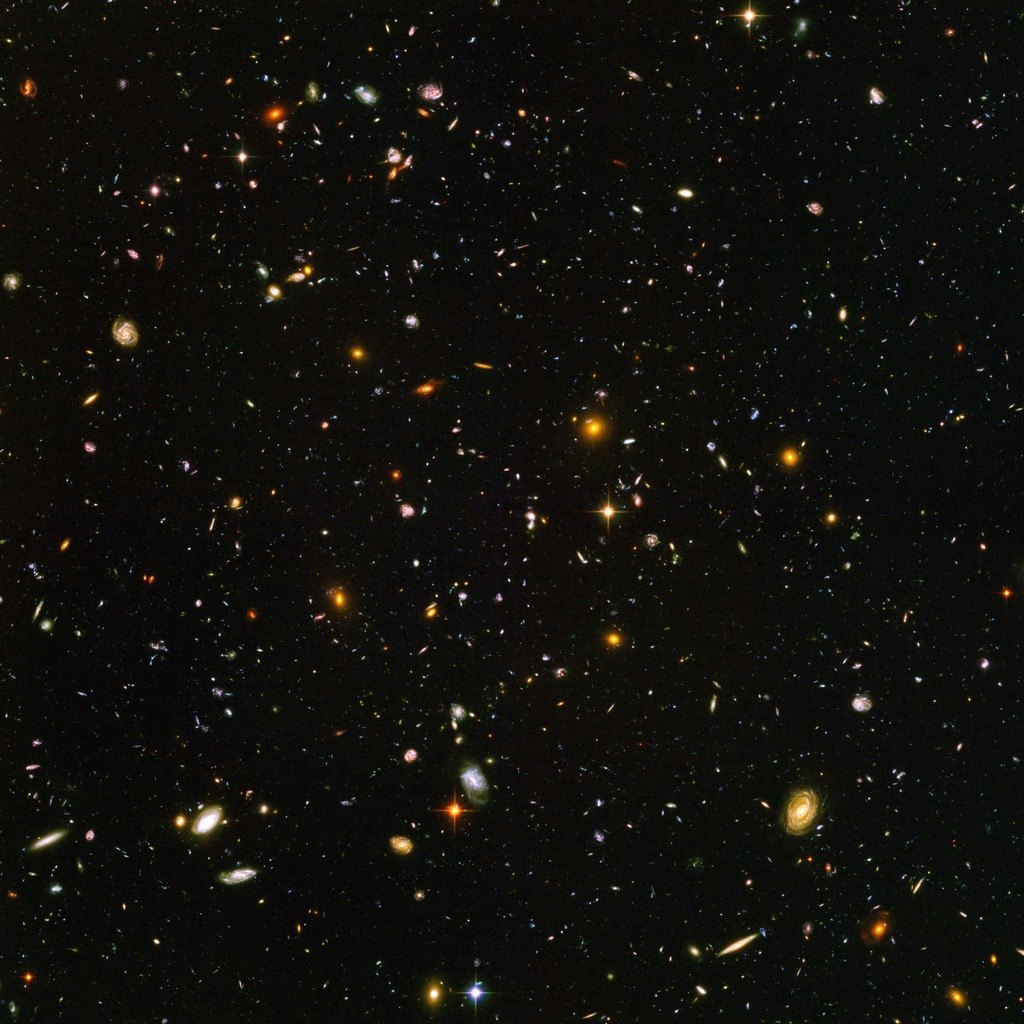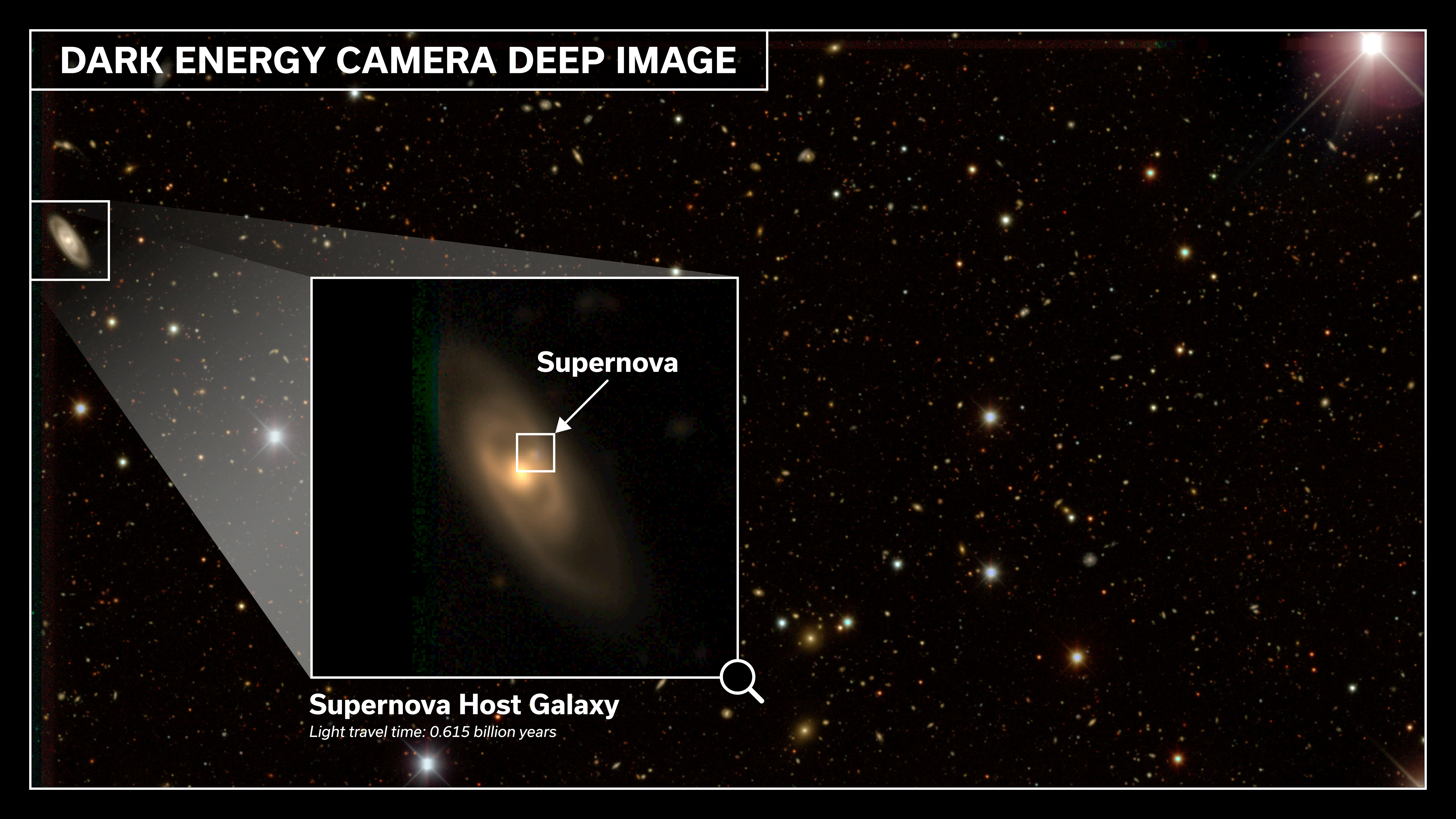
Ironically, to study dark energy — a murky, unknown something that seems to act as an accelerant for our universe’s expansion — astronomers rely on brilliant supernovae.
From 2013 to 2019, the Dark Energy Survey (DES) peered from Chile’s Victor M. Blanco Telescope out into the sky in search of supernovae (among other things). Studying those supernovae has given astronomers their most solid evidence yet that dark energy is constant throughout the cosmos, unchanging with space or time.
Studying those supernovae has given astronomers their most solid evidence yet that dark energy is constant throughout the cosmos, unchanging with space or time.
No one result can serve as definitive proof of what dark energy is, but this experiment supports the idea that dark energy is a fundamental property of a space.
To be precise, the DES’s quarry was type Ia (one-A) supernovae. Unlike the supernovae that create neutron stars or black holes, type Ia’s are not the deaths of particularly massive stars. Instead, Type Ia’s are the fates of hungry white dwarfs in binary systems. These dwarfs feast on matter siphoned from their hapless partners. But if a white dwarf eats too much, if it grows to about (or precisely) 1.44 times the mass of the sun, it can no longer support its own weight — and it explodes.

Because these white dwarfs explode when they strike a specific mass, the resultant type Ia supernovae all tend to look alike, with very similar peak brightnesses no matter their place in the universe. That makes it easy for astronomers to determine, which is a rare quality in astronomy.
“These supernovae — they’re like a scalpel,” says Dillon Brout, an astrophysicist at Boston University and a member of the DES team. “The goal is to collect as many of these really precise tools as we can, to map out the universe.”
In particular, astronomers can compare each supernova’s distance to its redshift, which tells them how quickly the supernova is receding from their view. By doing so, they can craft a sketch of how the universe is expanding at different distances. This method was what Nobel-prize-winning physicists used in 1998 to discover dark energy in the first place by measuring 52 type Ia supernovae.
Two decades later, DES has done the same measurement with 1499.
Wielding the finest, most detailed cosmic sketch yet, the DES team’s results suggest that dark energy operates the same no matter where or when you exist in the universe. This corroborates earlier measurements, and it supports how scientists today generally believe the universe works. But the result is not definitive; very little in astrophysics is.
Future observatories, such as the Vera C. Rubin Observatory, also in Chile, and the Nancy Grace Roman Space Telescope, will be able to spot many more type Ia supernovae than DES ever could, further out in the universe.
If other groups measure their supernovae and agree with the DES team’s results, then that makes the evidence for constant dark energy all the more convincing. But it is still entirely possible that other measurements disagree. If that is the case, then it is evidence that the universe operates in ways that physicists do not fully understand.







